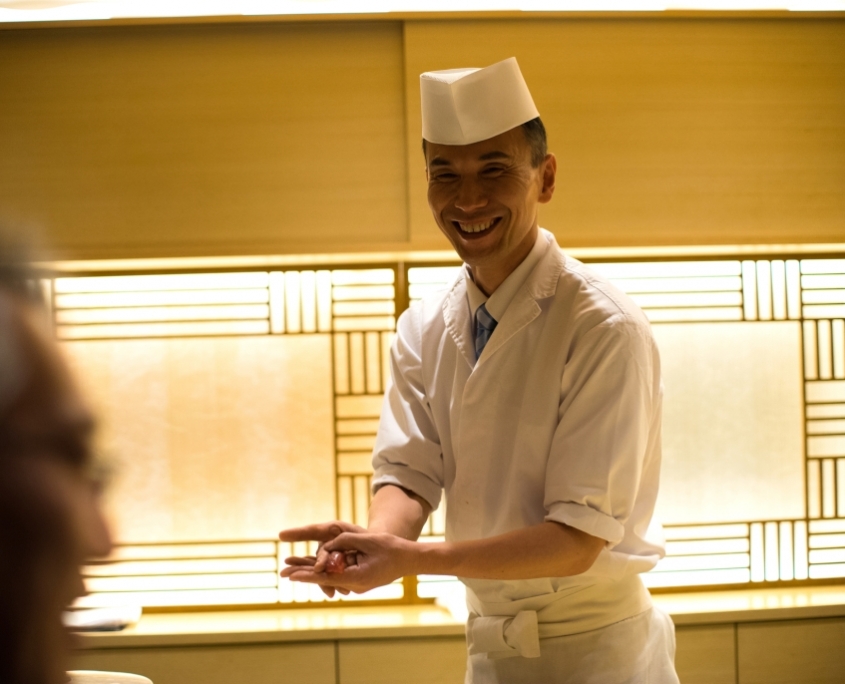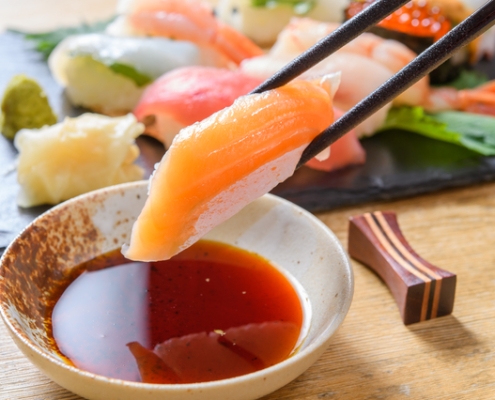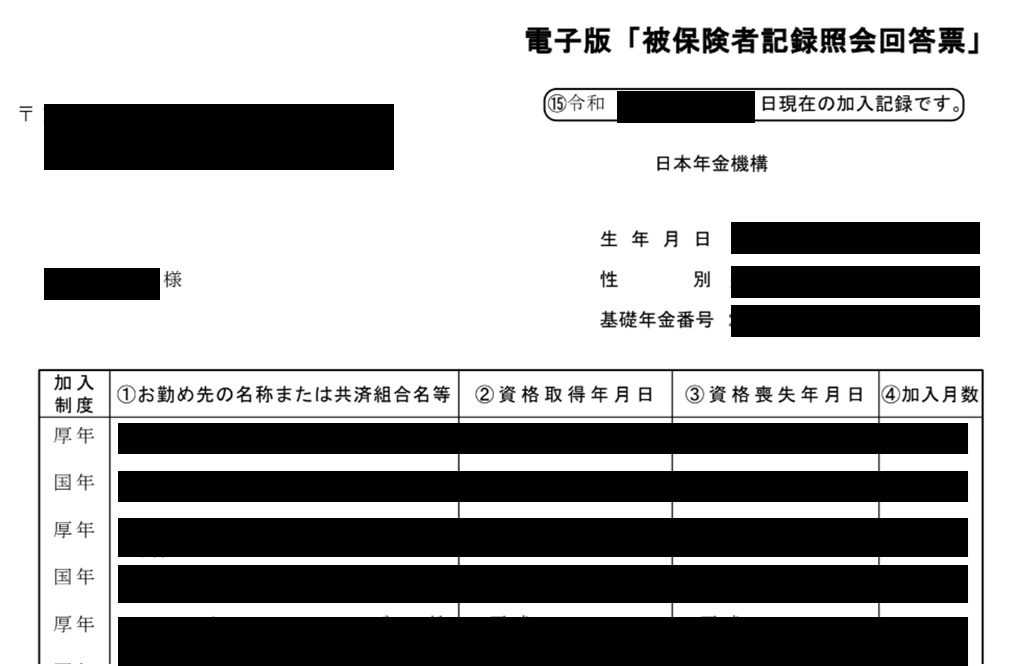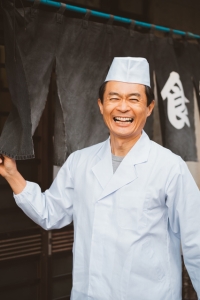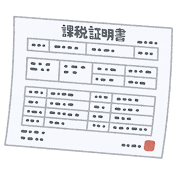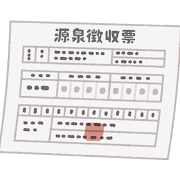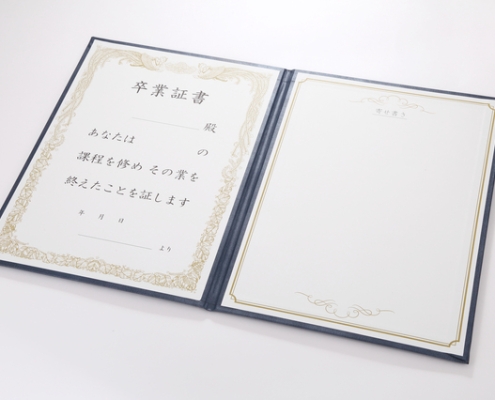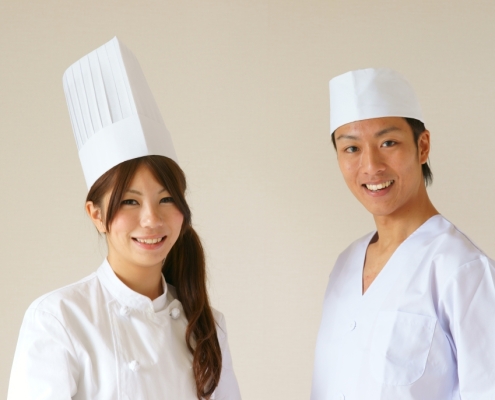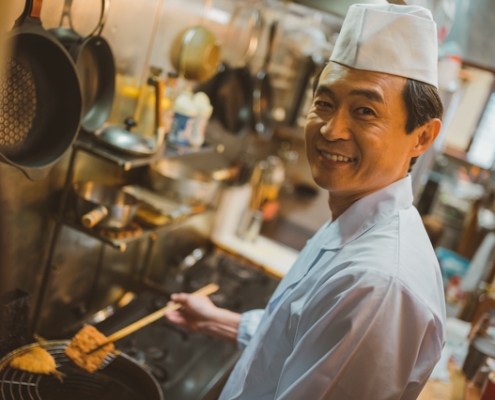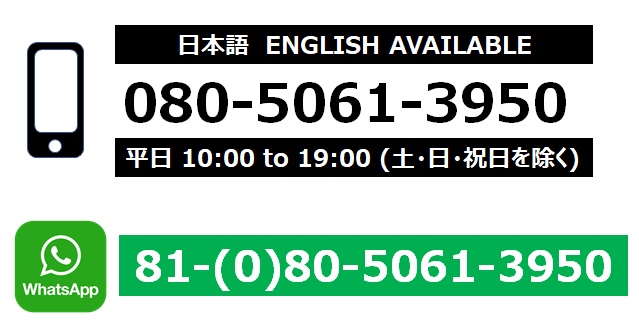What Documents Prove the Career of the Japanese Chefs from Japan?
January 15 2025
We run a certified visa procedures lawyer (Gyoseishoshi) office in Tokyo and specialize in assisting visa applications of foreign nationals who work and live in Japan.
Over the last few years, I have been receiving more questions from restaurant owners and law firms in Asia, Europe, and North America about documents necessary to work as a Japanese chef in their countries.
I myself have worked at a Japanese restaurant overseas and struggled with the paperwork required to apply for a chef’s visa. This article is written to help those who are trying to apply for a chef visa.

目次
- 1 What Documents Prove Employment History?
- 2 What If Zaishoku Shomeisho or Taishoku Shomeisho Are Not Available?
- 3 What Documents Prove Income?
- 4 What Documents Prove Educational Background?
- 5 What Is a National Cooking License in Japan?
- 6 Do the Documents Need to be Notarized for the Local Immigration Bureau of Each Country?
- 7 Free Consultation
- 8 Consultation with a Fee
- 9 Fees for Visa Support
- 10 English Articles
What Documents Prove Employment History?
First, the documents that are typically used to prove employment history in Japan are “Zaishoku Shomeisho” (the certificate of employment) and “Taishoku Shomeisho” (the certificate of resignation).
Zaishoku Shomeisho is issued by the current employer, while Taishoku Shomeisho is from the employer the person worked for in the past.
A sample of employment certificate in Japan (Zaishoku Shomeisho)
In general, both Zaishoku Shomeisho and Taishoku Shomeisho can be obtained from the company by request.
The issued letters show the start date of the employment, the end date, the type of employment (full-time or part-time), the job title, etc.
These documents are must-haves, if the visa application requires the proof of the employment period.
What If Zaishoku Shomeisho or Taishoku Shomeisho Are Not Available?
If the company the visa applicant was working for went out of business, or the applicant left the former workplace on bad terms, it may be impossible to get the letters that prove the employment history.
If the employer does not issue the proof of employment, it may be difficult to have a visa granted at the immigration bureau.
Even so, if you would like to submit anything that can help, you may be able to use “Hihokensha Kiroku Shokai Kaitohyo” (the pension coverage record) which is issued by the Japan Pension Service Branch Office, a government office in Japan.
A sample of nenkin pension payment record in Japan
A full-time worker usually enrolls in the Employee’s Social Insurance. Since the pension coverage record shows the period during which the person enrolled and the company they worked for, it can be a valid document to explain the employment history.
The visa applicant can obtain the pension coverage record at the Japan Pension Service Branch Office. If they have a My Number Card, or Individual Number Card, they can also download the record by logging into Mynaportal at the government website.
In addition, the documents that can show the employment history include the photos at work and interview articles of the newspaper or magazine that feature the applicant.
What Documents Prove Income?
A typical document that proves income in Japan is “Kazei Shomeisho” (Taxable Income Certificate) from the government office.
From May to June, the certificate that proves the income during the previous calendar year (January to December) is issued.
For example, the certificate of income during 2024 will be ready around May to June in 2025.
Image of Kazei Shomesiho
Also, “Gensen Choshu Hyo” (withholding tax slip) and pay stubs issued by the employer can be recognized as proof of income.
Image of Gensen Choshuhyo
What Documents Prove Educational Background?
The visa applicant can request the college/university or “Senmon Gakko” (a professional training college) they graduated from and have their degree certificate issued as many times as they need.
Image of Graduation Certificate in Japan
For your reference, Japan has “Chorishi Senmon Gakko,” government-approved culinary training colleges that specialize in producing chefs.
In some cases, the period when the applicant enrolled in this program can be regarded as part of the experience as a chef.
Chorishi Senmon Gakko is approved by the government and in most cases issues the title of “Senmonshi” (equivalent to a diploma) at the completion of the two-year program.
Yet, how the degree is taken into account depends on each academic program and country where the visa will be issued, so you should check the details beforehand.
What Is a National Cooking License in Japan?
In Japan, a chef license is called “Chorishi Menkyo.”
It is one of the national licenses and the proof that the person has technical knowledge and is adept in cooking.
You can acquire the license, once you have culinary experience of two years or more and pass the exam. If you graduate from Chorishi Senmon Gakko, you can obtain this license without an exam.
One thing that differs from other countries is that chefs in Japan do not necessarily need the cooking license to work at a restaurant, though recommended. Even some highly experienced chefs may not have the license.
There is also a national license called “Seika Eiseishi” (Confectionery Hygiene Master) that proves specialized knowledge about confectionery arts, food hygiene studies, and food additives.
Do the Documents Need to be Notarized for the Local Immigration Bureau of Each Country?
After the applicant obtains the above-mentioned documents, they may need to be submitted along with the translation and notarized or receive an Apostille in some cases.
Before you ask the applicants to obtain the documents, you should consult the immigration bureau and carefully confirm what documents are required.

Free Consultation
Please contact our office first. General questions can be answered by email or on Zoom (up to 30 minutes) free of charge.
You can use the following form for free consultation.
Consultation with a Fee
Individual and specific questions can be addressed in person or on Zoom for JPY 11,000 per hour.
You can use the following form for consultation with a fee.
Fees for Visa Support


